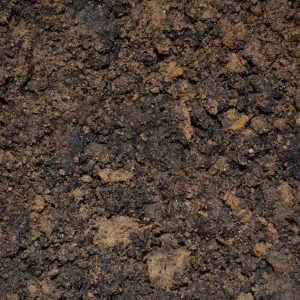E-Learning Structure
The duration of this online course is 100 hours. This consists of 8 in-depth lessons:
- Introduction: Review of the system of plant identification, general characteristics of the group, information contacts (ie: nurseries, seed, clubs, etc.).
- Culture: Planting, staking, mulching, watering, pest & disease, feeding, pruning, protection from wind, salt air, etc.
- Propagation
- Cooking with Herbs: Culinary uses of herbs, herb teas and recipes. Fresh and dried herb use.
- The Most Commonly Grown Varieties: Garlic, parsley and chives.
- Other Important Groups: The Lamiaceae family- one of the most aromatic and flavoursome herb families.
- The Lesser Grown Varieties: How to cook with lesser known herbs.
- Special Assignment: On one selected plant or group.
Course Aims
- Describe the plant naming system, the major family groups that herbs fall into and the resources available to the culinary herb grower.
- Describe how to manage the cultural requirements of culinary herbs.
- Describe the various methods of propagation, both sexual and asexual, the treatments generally used for seed storage and the handling of cutting material.
- Explain the way in which herbs are used in cooking and which herbs best suit various dishes.
- Discuss the most common herb varieties used in cooking.
- Compare a range of culinary herbs in a single plant family.
- Discuss a range of lesser grown culinary herb varieties.
- Explain the uses of a range of culinary herbs within a specific group of herb plants.
Learn how to identify and successfully grow dozens of common and uncommon edible herbs.
Develop your skills and experience the delights of cooking adventurous new recipes with herbs. Learn drying and other methods of preserving the flavour (eg. herb oils, salts, vinegars).
Eight lessons as follows cover common and less common herbs used for cooking.
How Does A Warnborough Online Course Work?
You can start the course whenever is convenient for you. You will be studying from home and have access to support from our qualified tutors. Practical exercises and research tasks will be set at the end of each lesson – including an assignment. You will submit this assignment to your course tutor, who will mark your work and give you constructive feedback and suggestions.
If you have any questions please contact us.





